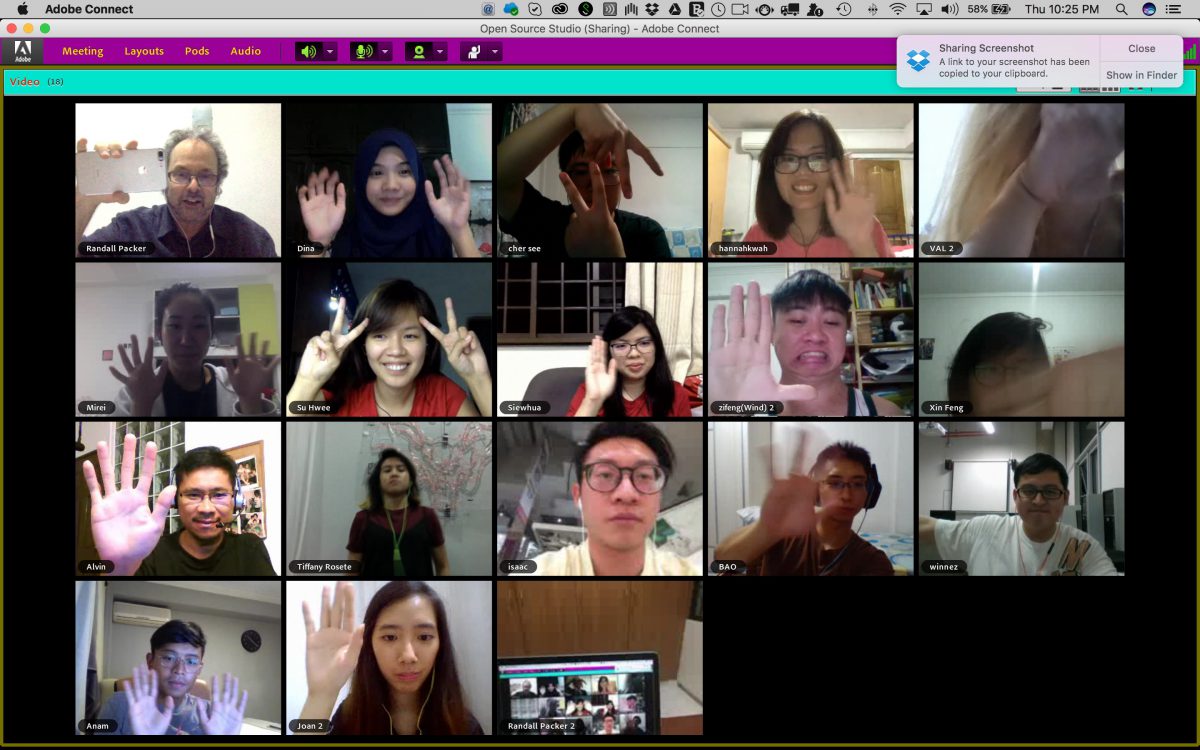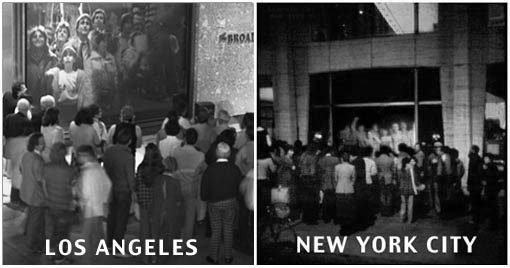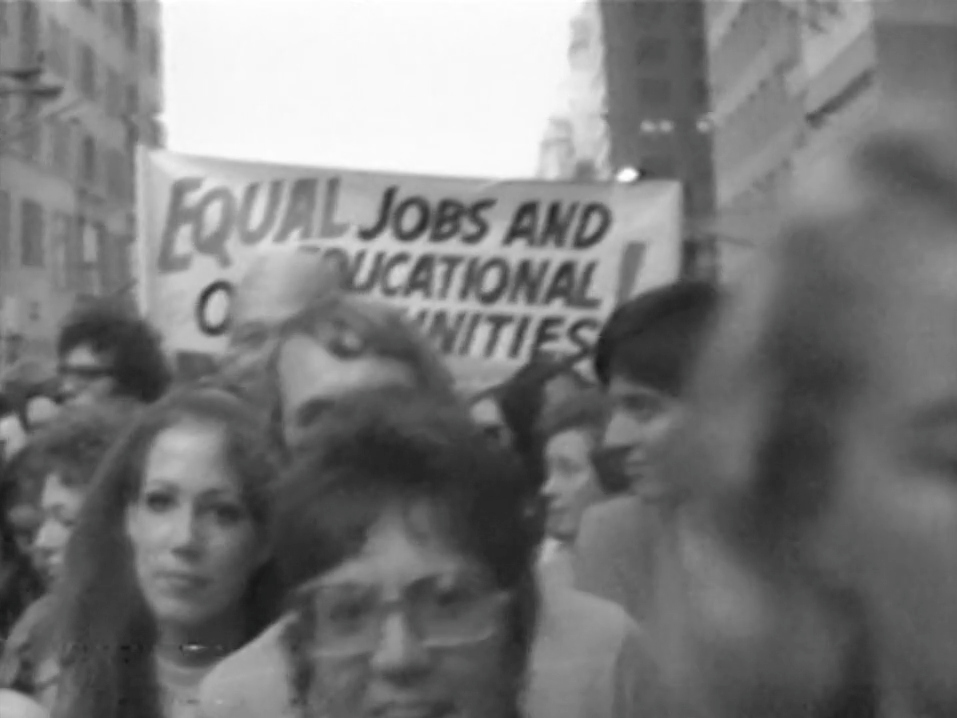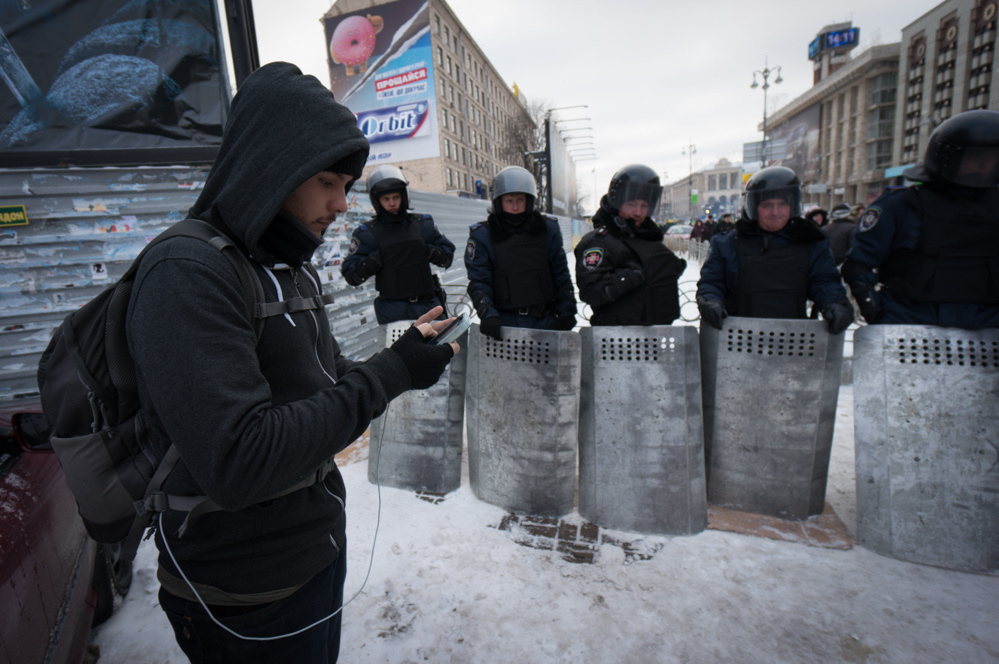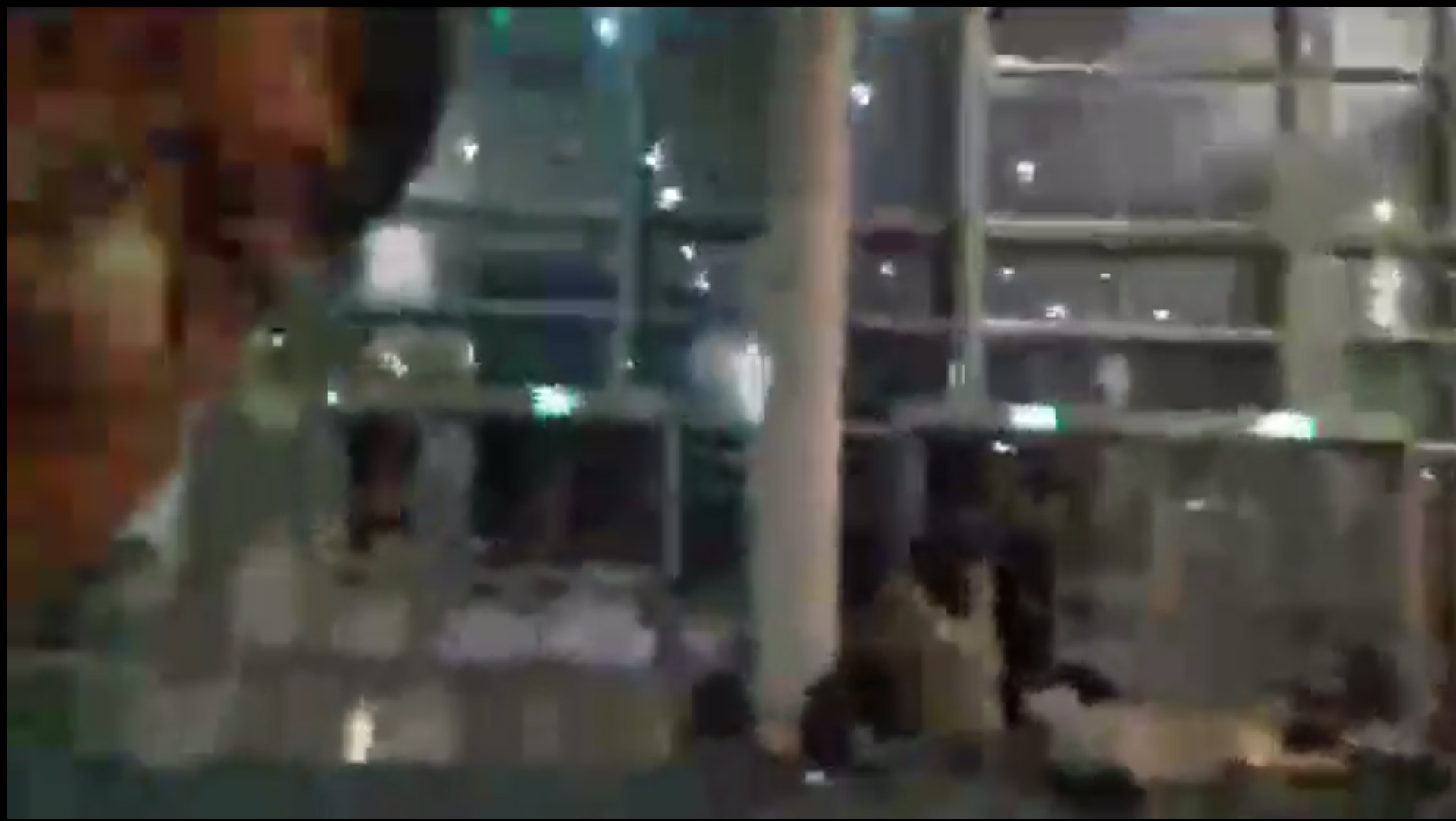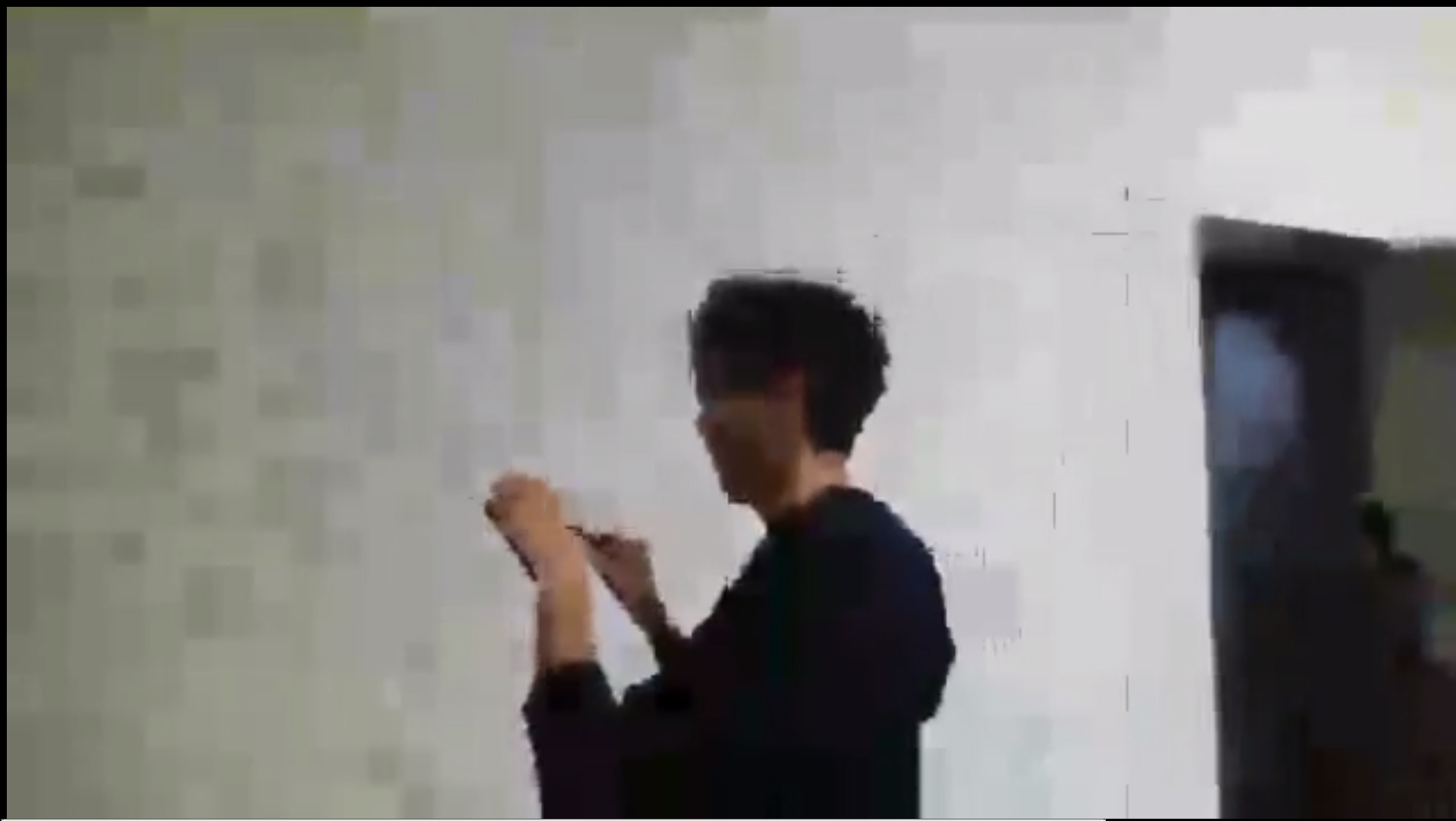Bold3RRR by Jon Cates was an art piece that explores the possibilities of our relationship with technology, of how noises and glitches were the product of our crafting of the digital world. It was a poetic expression of our current expectation of the mechanics, that it was a perfect and clean environment for us to utilize, but Jon Cates thought otherwise. Jon Cates believed that the new media was imperfect, “dirty”. It implies a humanistic side to our media, that we are imperfect, therefore the crafting of our technology should not be perfect either. The art piece further explores the importance and possibility of accepting aberration in our media.
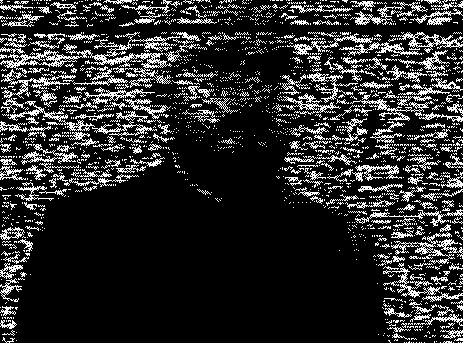
The work brought new perspectives to our society, to how we view our social media or “techno-social”. It was the exploration of how we “contaminate” our “third space” through interactions of our own and making technology humanistic. I was unaware of such interaction or “contamination” until I had read through the interview. I felt strange and could not agree more with Jon Cates. It was such a natural behavior for me to make all my space (for example, social media and my own desktop) my own, it was too subtle for me to realize until the reading. It had opened my eyes to how humans behave and the possibility of how our behavior changes our virtual surrounding.

Bold3RRR and the meaning behind the work were closely related to our next lesson that is Desktop as Mise-en-Scene. If the “third space” is our playground for us to socialize and interact with one another, then I would use the same metaphor and visualize our Desktop as our “house” or “living room”. It was the virtual space that we used as our shelter, for work, play or entertainment. It changes according to how we wanted our “living room” to feel. Therefore, if one would be streaming and using Desktop as a background, it would be the equivalent of inviting the audiences to your virtual home. It should be similar to how the Videofreex broadcast their content, using their house as their mise-en-scene and audiences were able to interact with them through telephones. However, in this case, we would replace the house with our Desktop and the audiences were interacting through Facebook chat instead.
In conclusion, BoldR333 by Jon Cates was an eye-opening read for me. It made me realized my own behavior and how the public interacts with technology.

